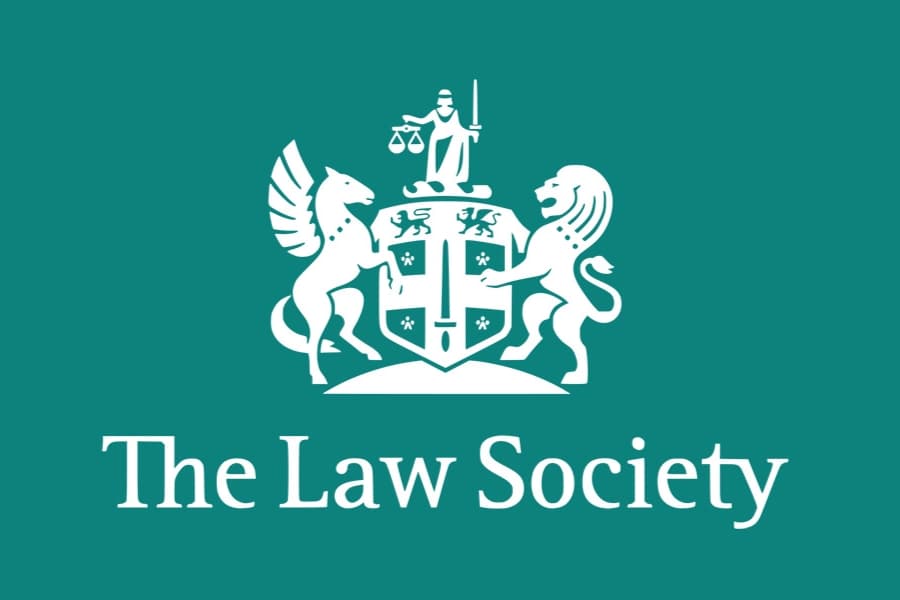In the 40 years since the writer qualified as a solicitor, conveyancing has changed dramatically and no more so than in making searches. This is now often a much more demanding task than that of investigation of title. So just what searches should we be making? And what should we be telling clients about the results of the searches we do make?
Perhaps we could answer these questions better if we put ourselves in the position of the buyer client. What information would you consider important when buying a new house to live in? Would you expect to get this from your conveyancer, or would you find it out for yourself? Searches are available which will tell you, for example, the crime rate in the area but is this something that the conveyancer should be getting involved with? Equally, do we need a search to tell the client that there are electricity pylons at the bottom of the garden?
One factor that does seem to concern buyer clients is the prospect of development in the area – there were two reported cases in 2015 on problems arising from this. Are we managing clients’ expectations in this area? Do ensure that you explain to them that the local search will not reveal most proposals for development in the area. If they are concerned about the prospect of development, they should be told to either make their own enquiries or to instruct you to commission a Plan Search. This will provide information about planning applications in the vicinity. Without express instructions, there is no obligation to undertake a Plan Search – Orientfield Holdings Ltd v Bird & Bird [2015] EWHC 1963 (Ch) confirmed this. But if you do undertake a search, then do make sure you pass the results onto the client. Bird & Bird were found at fault for precisely that failure.
In Thorp v Abbotts [2015] EWHC 2142 (Ch) buyers sued the sellers of a house. Shortly after completion, the buyers discovered that a large scale planning application for over 700 houses had been submitted in respect of a site some 300 yards from the property. Had they known of this prior to purchase, they would not have proceeded. They claimed that the sellers had failed to answer the questions on the Sellers’ Property Information Form truthfully. This, they claimed amounted to fraudulent misrepresentation i.e. that the sellers actually knew that the answers they gave were untrue.
The SPIF in use was the 2007 version. The relevant questions were as follows:
“3. Notices
3.1 Has the seller either sent or received any communication or notices which in any way affect the property (for example from or to neighbours, the council or a government department)?
If yes, please supply a copy.
3.2 Has the seller had any negotiations or discussions with any neighbour or any local or other authority affecting the property in any way?
If yes, please give details.”
Both questions were answered “No”.
Prior to the sale, the local authority had been undertaking a consultation process to identify sites suitable for residential development, although no final decision had been made and no planning application had then been submitted. It was accepted that the sellers had become aware of these issues, had received communications and attended meetings in relation to such matters, and had had discussions about such proposals with persons living in the locality. By their claim the Thorps contended that because of the above matters the Abbotts should have answered “Yes” instead of “No” to the questions on the SPIF.
HHJ Cooke held there was no duty on the Abbotts to answer “Yes” to either of these questions, and dismissed the Thorps’ claim.
HHJ Cooke held that “communications” did not include “local gossip”, but were more properly to be regarded as communications entered into with persons ‘in a position to themselves carry out some act which might affect the property’, and further stated that development in the vicinity was not a matter “affecting” the property in the sense meant by question 3.
But the current PIF has been amended and now specifically requests information about any ‘proposals to redevelop.’ It reads:
“3 Notices and proposals
3.1 Have any notices or correspondence been received or sent (e.g. from or to a neighbour, council or government department), or any negotiations or discussions taken place, which affect the property or a property nearby? If Yes, please give details:
3.2 Is the seller aware of any proposals to develop property or land nearby, or of any proposals to make alterations to buildings nearby? If Yes, please give details:”
In 3.1, ‘correspondence’ has replaced the word ‘communications’, but presumably the judge’s interpretation will still remain. But question 3.2 now makes no reference to whether or not the development might ‘affect the property’. And also note the express reference to property ‘nearby’.
It does beg the question, of course, as to how ‘near’ nearby is? Would the 300 yards in the Thorp case be ‘nearby’? And what is a ‘proposal’? Obviously it will include an actual planning application, but what, if anything other than that?
And if you are not sure – and the writer certainly isn’t – what advice will you give to a seller client in a similar situation who asks how he/she should complete the PIF? Disclosing such matters might well lose the sale. But not disclosing it might result in the seller being subject to a misrepresentation claim.
There is no obligation on the seller to answer these questions (or any questions), so that might be a solution – but if the question is not answered, the buyers may draw their own conclusions and again withdraw. And certainly buyers must be advised to commission a Plan Search in such a situation.
Conveyancing doesn’t get any easier, does it?




















